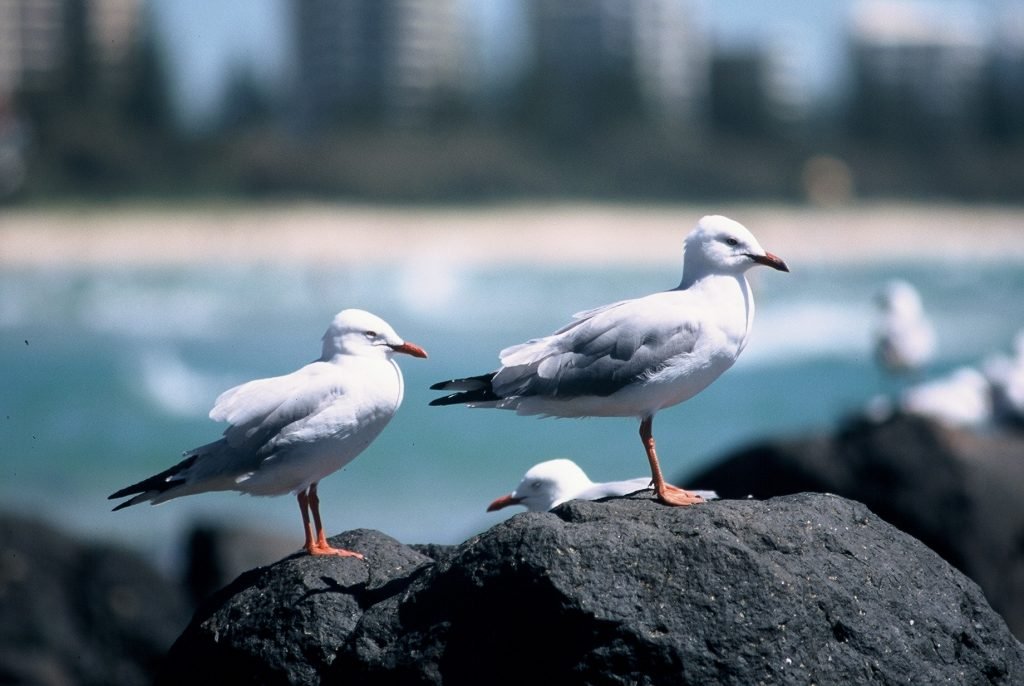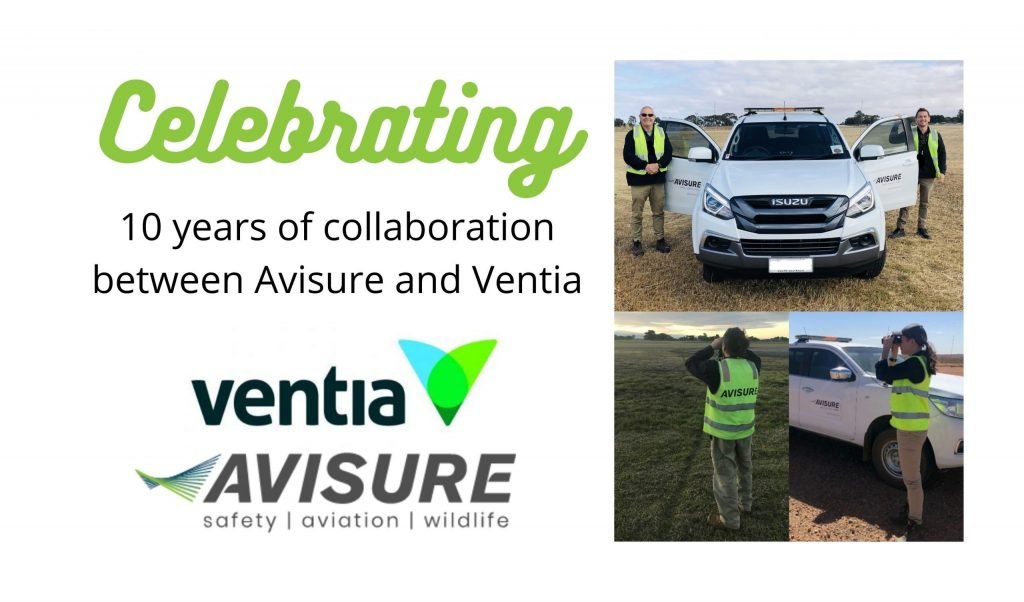The end of February 2021 marked the tenth anniversary of a very productive wildlife hazard management collaboration between Avisure and Ventia. In 2011, the Defence Support Group engaged Avisure through Ventia (then Transfield Services) to carry out a review of the wildlife risk at the Edinburgh RAAF base, South Australia, in response to a number of damaging strikes at the base in 2009 and 2010.
Avisure’s initial three-month wildlife hazard management program trial proved effective, and Avisure is proud to have been managing the program ever since, with ongoing reviews, reports, modification and refinement. The success of the program is evidenced by the decrease in risk species, and no damaging strikes, even during a busy air show in 2019, with numerous risk species and aircraft sharing the same airspace during the event.
Edinburgh had a significant number of risk species: bird and mammal. Large flocks of little corella, Australian white ibis, silver gulls, little ravens and galahs would fly over critical runway areas, or forage in grasses near the runway. Thousands of little corellas flocked regularly to the airport: in 2011 and 2012, for example, over 30,000 little corellas were observed roosting landside. The birds’ flyovers were primarily around dawn and dusk, creating a high strike risk at these times. The corellas, highly intelligent birds, which ‘chew’ to maintain their constantly growing beaks, were also damaging infrastructure—buildings, wiring and airport equipment.
Like many other aerodromes, RAAF Edinburgh’s airside landscape also attracts European brown hares, rabbits and red foxes, the source of several potential aviation problems. Foxes pose a direct risk of damaging aircraft strike; and introduced animals such as rabbits and hares attract predators—foxes and wedge-tailed eagles—in turn adding to the strike risk. These feral animals (foxes and feral cats) affect biodiversity too, threatening the survival of many native species in Australia, while rabbit grazing and burrows damage airside landscapes.
In 2011, therefore, Avisure embarked on a holistic program involving active (direct intervention with the risk species) and passive management (indirect intervention such as landscape management) strategies to manage these species, and bringing stakeholders together to combat the problems. A dedicated Edinburgh base wildlife management officer (WMO) actively patrols the base environs, monitoring aviation movements, identifying wildlife risks, and using a changing mix of dispersal methods (such as wildlife distress callers, sirens, pyrotechnics, firearms, and the good Aussie stockman’s whip) to move foraging or roosting birds away. The mix changes so the birds do not become habituated to one dispersal method. The WMO also plays a critical role in alerting Defence air traffic control of any transiting flocks which may place pilots at risk, so that pilots can make informed decisions; in that way Avisure’s WMO provides real-time wildlife-aircraft strike separation.
Over the 10 years, Avisure has employed a wide range of passive strategies to manage the wildlife risk species at Edinburgh. Aleppo pines (now a declared weed), for example, were commonly grown in South Australia as wind breaks, but they are a substantial food source for little corellas. (One study found that an average-sized Aleppo pine produced over one thousand times more seed than a large [native] hakea bush, which is a traditional food resource for little corellas.) So, as part of Avisure’s Little Corella Management Program, a first for RAAF Edinburgh, Aleppo pines on the base were removed, as well as other weed species, to be replaced by more appropriate and resilient native plants grouped together according to their water, soil, and sun needs.
Avisure further assisted with passive management by recommending suitable grass mixes, grass heights and mowing schedules; identifying and mapping weed species, and providing these recommendations to Ventia. Avisure also led changed land management practices, such as watering at night and turning off lights.
As can be seen in the graph below, the intensive dispersal program has been effective in reducing the summer congregation (November–May) of little corella, from close to 30,000 birds dispersed in 2012/13, to just over 2,000 in 2020/21.
.

Over the 10 years, Avisure, with the support of Ventia and Defence, has developed collaborative relationships with nearby stakeholders, including councils, industry groups, flying squadrons, land management personnel and the Department of Environment and Water. They established the Wildlife Hazard Group Forum to discuss wildlife issues, identify off-airport wildlife attractants and recommend suitable mitigation strategies.
Silver gulls were another of the risk species for Edinburgh: the birds regularly flew over the undershoot and approach of runway 18. At the forum, the group identified that a nearby waste transfer station was attracting large flocks of silver gulls, and Avisure was engaged by the transfer station to review their wildlife management practices. Avisure’s mix of active (culling to reduce the population) and passive strategies has been effective not only in reducing the number of silver gulls at the waste transfer station, but importantly, also reducing flyovers at the base.
#TeamVentia #TeamAvisure





